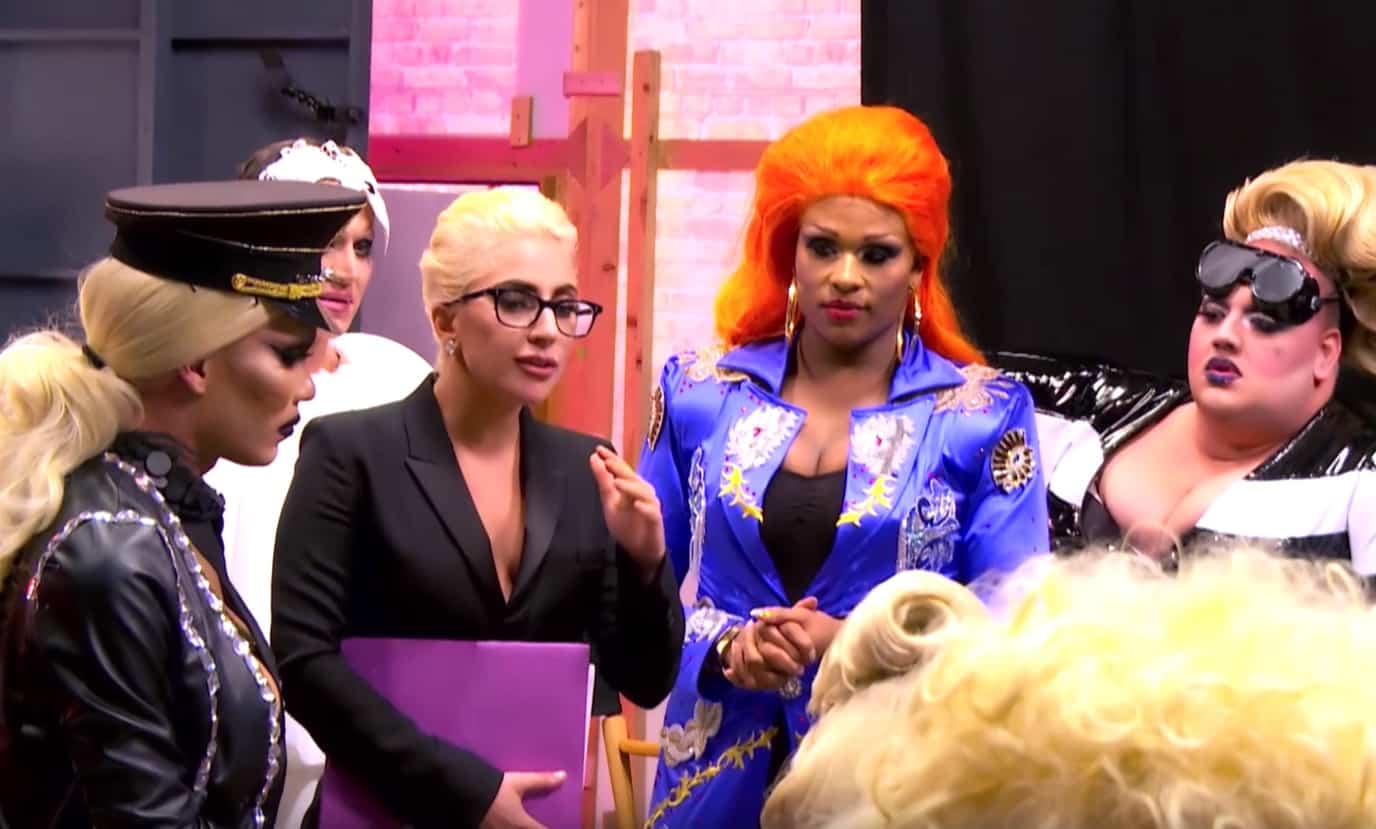
RuPaul’s Drag Race
Queer culture has always been marginalised, usually reduced to an afterthought in the mainstream consciousness – this kind of statement might seem severe, but it’s not far away from the truth. When it comes to the representation of the LGBTQ minority in the popular media, it has either been used to demean the community or, as the general attitudes changed, it has conveniently been reduced to the notorious figure of the sassy gay best friend. Obviously, it doesn’t mean there are no good examples of queer presence in pop culture. Artistic cinema ventures into the queer themes most often, but a slow progress can be observed when it comes to more widely-popular areas of entertainment, too. Streaming moguls like Netflix and HBO have had their up and downs when it comes to addressing the issues related to gender and sexuality, but at least there’s been a steady increase in the amount of such content in the popular media in the past several years. Series like Pose (2018) and Euphoria (2019) showcase three-dimensional queer characters with their own narratives, give them their own voices and don’t operate with clichés. Still, there’s a long way to go if we’re expecting equality in the representation of the queer and straight communities in the audio-visual media, and the milestones usually originate in unexpected places. Such is the case of RuPaul’s Drag Race – a show that stems from one of the most subversive regions of queer art. For years, the art of drag has been so underground that no one would have expected to see it featured in the mainstream media, let alone become an iconic part of modern pop culture. However, that’s precisely what happened – thanks to the popularity of the aforementioned reality programme.
Drag is a form of cross-dressing, performed by artists specialising in different forms of expression, such as lip-syncing, dancing, comedy and more. For years it has been used as a tool of questioning the gender norms and challenging the societal status quo, and its restrictions on expressing one’s sexuality. Dating back all the way to the 1920s (although elements of using drag in theatrical performances can be traced back to the ancient times) the socially marginalised queer community has been introducing drag performances into both its nightlife and an overall cultural scene. Drag performances it takes the stereotypical characteristics of an opposite sex and by using the means of exaggeration and parody, try to highlight the fact that gender can be treated as a performance of its own. Through the last few decades of the twentieth century, the LGBTQ community had to unite in the face of constant repercussions and harassment. That unification happened in the setting of nightclubs in cities around the world, where queer people of all backgrounds gathered together to experience some sense of belonging and inclusion. Amongst them, drag queens – those performers who challenged gender itself. Having established that, how did a form of art meant to express the disagreement with mainstream norms, turn into a part of pop culture, and why does RuPaul’s Drag Race seem to be responsible for that?

RuPaul’s Drag Race
The American show produced by Logo TV (and later on by VH1) is an original concept created by RuPaul Charles, a media personality who started off his career as a drag queen and to this date is considered to be one of the most successful in its field. On air since 2009, the competition in search of America’s next top drag queen, puts a spotlight on not just the LGBTQ community, but the issues within it, as a well as the personal stories of the contestants. Highlighting narratives regarding intersections between sexuality, gender, as well as race, misogyny and homophobia, RuPaul’s Drag Race combines them with entertainment. On one hand we have members of marginalised communities open up about the problems they have to face in their day to day lives, on the other – a fun competition that lets them showcase their skills related to the art of drag. The show hosts sawing challenges, acting challenges, comedy ones, as well as even competing for the best makeover of a special guest and recording a musical number. Apart from RuPaul, there’s a panel of judges devoted to overseeing the contestants’ progress each episode, with the addition of high-profile guest judges showing up every week.
The fact that celebrities have embraced the show and are willing to appear on-air, while supporting the community that it features, is probably one of the key ingredients of RuPaul Drag Race’s immense triumph. In the era of social media, being endorsed by stars with huge online presence is something that shouldn’t be underestimated. This kind of exposure, and approval coming in from the representatives of conventional, “straight” media, open up a discussion that’s for years has been held on the margins of mainstream culture; discussion regarding the representation (or lack of thereof) of all kinds of minorities) in the widely accessible means of expression. More than that, the popularity of the series and the fact that it’s been airing consecutively for ten years, showed that media don’t have to shy away from LGBTQ-themed entertainment. On the contrary – as it shows, giving a platform to voices that have been silenced for years actually pays off. RuPaul and his success are the best examples of that.
Written by Paulina Prońko

RuPaul’s Drag Race









